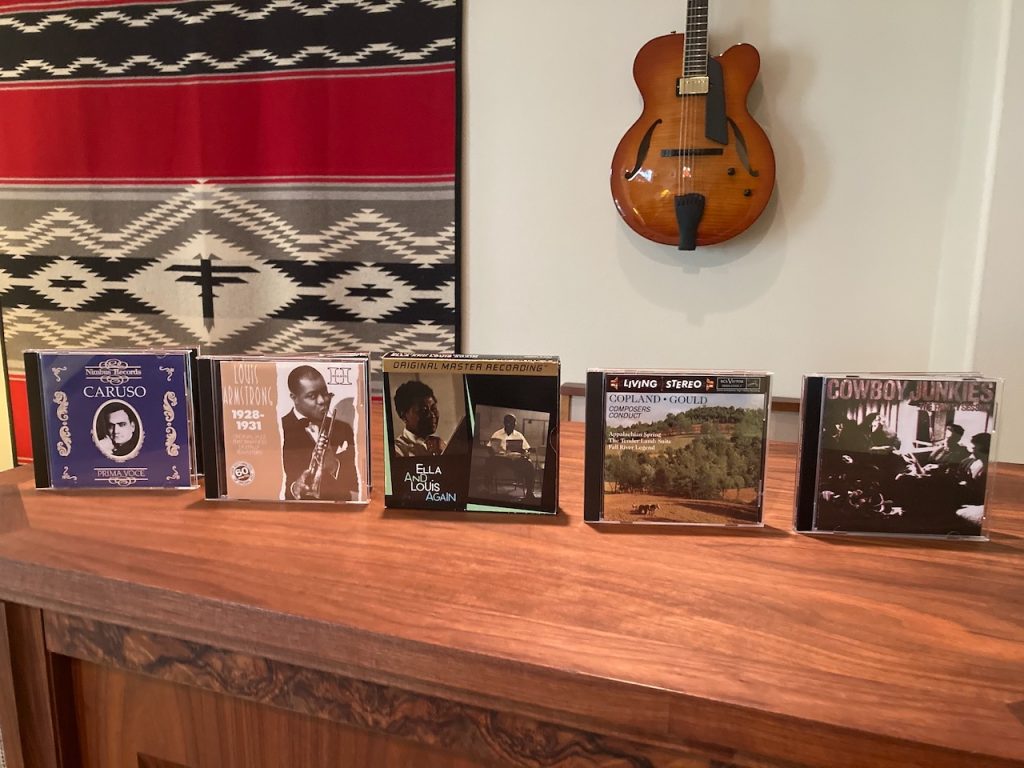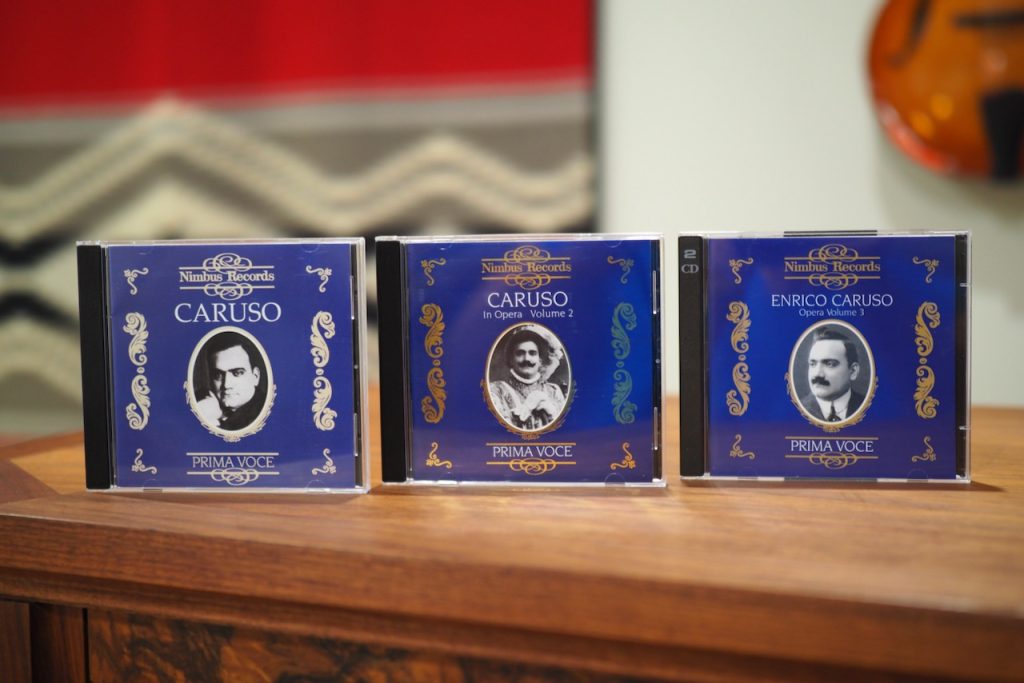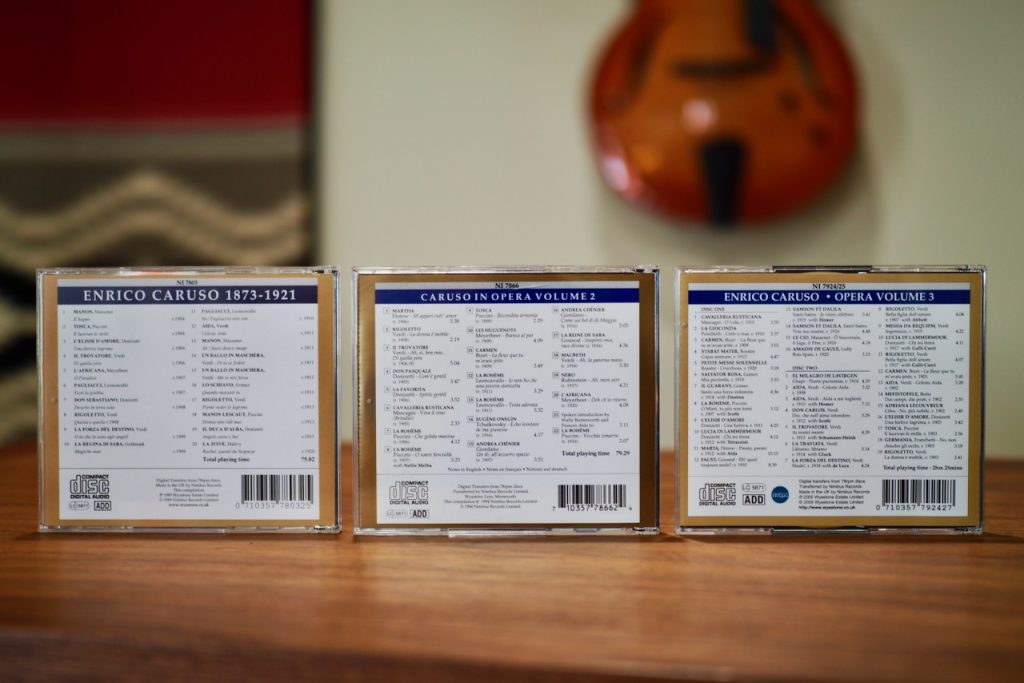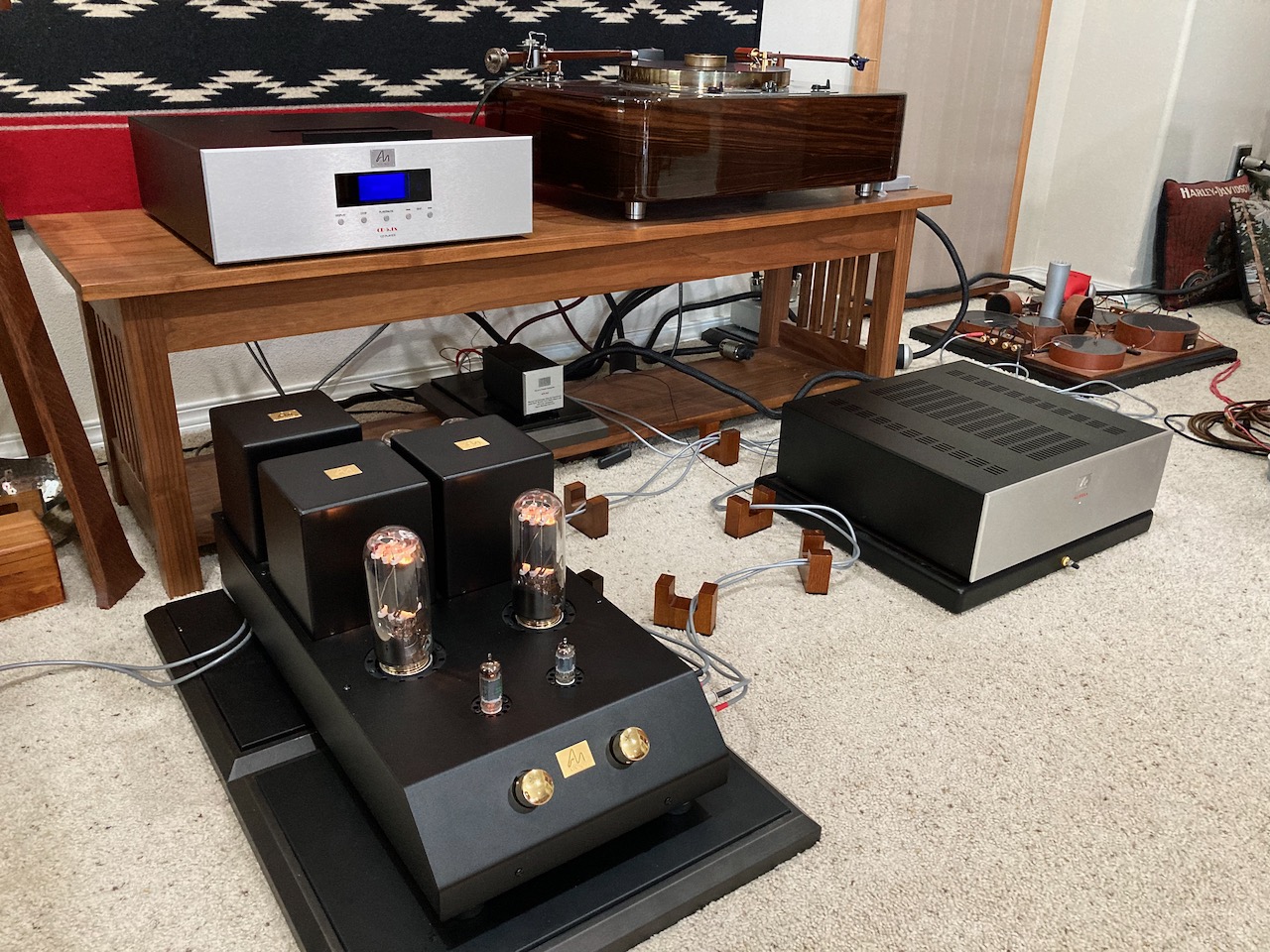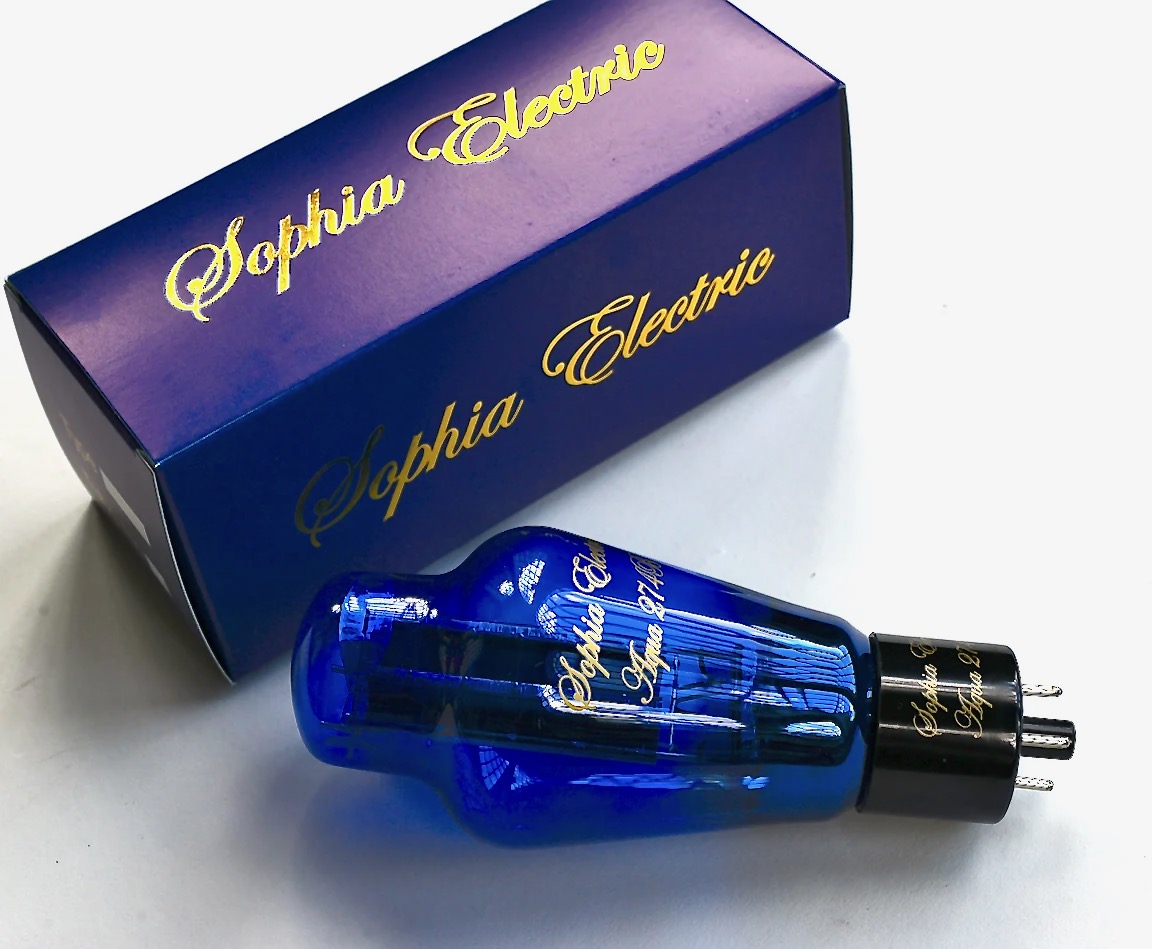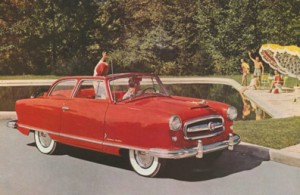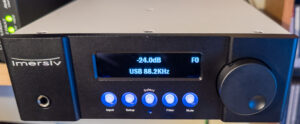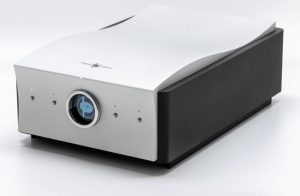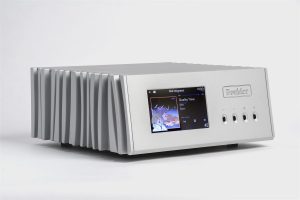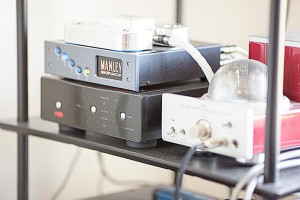One of the things I've really come to love about the Audio Note (UK) CD players is that they open up listening to albums of great music from all of the recording eras, while giving that same sort of immense emotional engagement that I get from the very best albums of the stereo period of the magnetic era of recording (1957 - 1975).
Whether I was listening to low-fidelity albums from the acoustic era of recording (1877 - 1925), or somewhat higher-fidelity albums from the electric era of recording (1925 - 1945), or some of the highest-fidelity albums from the magnetic era of recording (1945 - 1975), or even the digital era of recording (1975-present), they were all very listenable and musically engaging, regardless of the original recording's fidelity (above).
The CD 5.1x preserved the 'authenticity' of the original fidelity of those albums from the various recording eras, and I found it fascinating to hear how the recording arts evolved over time.
As a result, the CD 5.1x provided a sort of music lovers paradise scenario in that it delivered the maximal music listening experience from almost any album I placed on its transport, regardless of the original recording's fidelity. There's a lot more music lurking in those Red Book CDs than most of us have ever imagined.
So let's do a little listening across the recording eras to hear how the CD 5.1x handles those lower-fidelity recordings from the early eras, and then we'll go on to the higher-fidelity recordings of later eras.
Musical performances from the earliest acoustic (1877 - 1925) and electric (1925 - 1945) eras of recording are becoming more widely available these days, and I've been having a blast listening to early recordings transferred from 78 rpm discs to digital.
Nimbus Record's Prima Voce series of acoustic era recordings are an excellent introduction to the world of early 78 rpm records (above). While all of the albums in the Prima Voce catalog make for great additions to any audiophile's music library, some of my favorites from the acoustic era of recording are the recordings of the great operatic tenor Enrico Caruso (1873 - 1921).
I was particularly impressed with how the CD 5.1x turned those ancient Caruso recordings into mesmerizing listening experiences that were suffused with the beauty and intensity of Caruso's performances.
The sense of immediacy from the Caruso recordings came through in impressive fashion with the CD 5.1x, while maintaining a liquid and flowing sense of ease in the way the music unfolded in time.
I really liked the way CD 5.1x provided a sense of acoustic era fidelity 'authenticity' for Caruso's recordings (recorded 1903 - 1920), while still presenting them as the grand listening experiences they are, performances that have captivated listeners for over 100 years now.
I heard through the CD 5.1x that those 78 rpm source records were a bit noisier, and didn't cover as much of the audio spectrum as later recording eras, but the musical performances documented were so profound and involving that I found myself spellbound during listening sessions.
Both the CD 4.1x and CD 5.1x turned the Caruso recordings into supremely satisfying listening experiences, presenting the recordings with a natural sort of analogue liquidity, warmth, and richness that I found to be very enjoyable.
The CD 5.1x dug deeper into the recordings in terms of resolution and clarity than did the CD 4.1x. The surface noise of the 78 rpm discs was more resolved with the CD 5.1x, as were the vocals and musical instruments themselves, which allowed me to hear additional meaningful information from deeper in the recordings.
The CD 5.1x also made it easy to hear more musical information below the surface noise level of the 78 rpm discs, which was a big plus with vintage recordings that have a higher noise floor than the later recording eras.
With the CD 4.1x there was a slight smoothing effect with the noise and other recorded distortions. This also applied to the nuances of the music, which didn't have quite the clarity of tone and vividness of musical presentation as with the CD 5.1x.
Both these CD players present the recordings in a remarkably satisfying way, but the CD 5.1x provided 'more' of everything from the recordings.
I thought the CD 5.1x presented the recordings of Caruso with more dynamic 'authority' than did the CD 4.1x. With the CD 5.1x I felt more of a sensation of immediacy, thrill, and forward momentum. The CD 4.1x was slightly more laid back and relaxed sounding in comparison.
The CD 5.1x presented the recording 'stage' width of the Caruso monaural recordings as noticeably wider than with CD 4.1x, by about a foot or so in my audio system, and filled the entire 6 feet of space between my Westminster loudspeakers.
With the CD 5.1x I heard a more resolved sense of depth from the recordings, and while the aural images of Caruso and the other musicians are clustered towards the 'monaural center' around the recording horn, I was impressed with how well the CD 5.1x unraveled the musical images encoded in those vintage acoustic era recordings.




